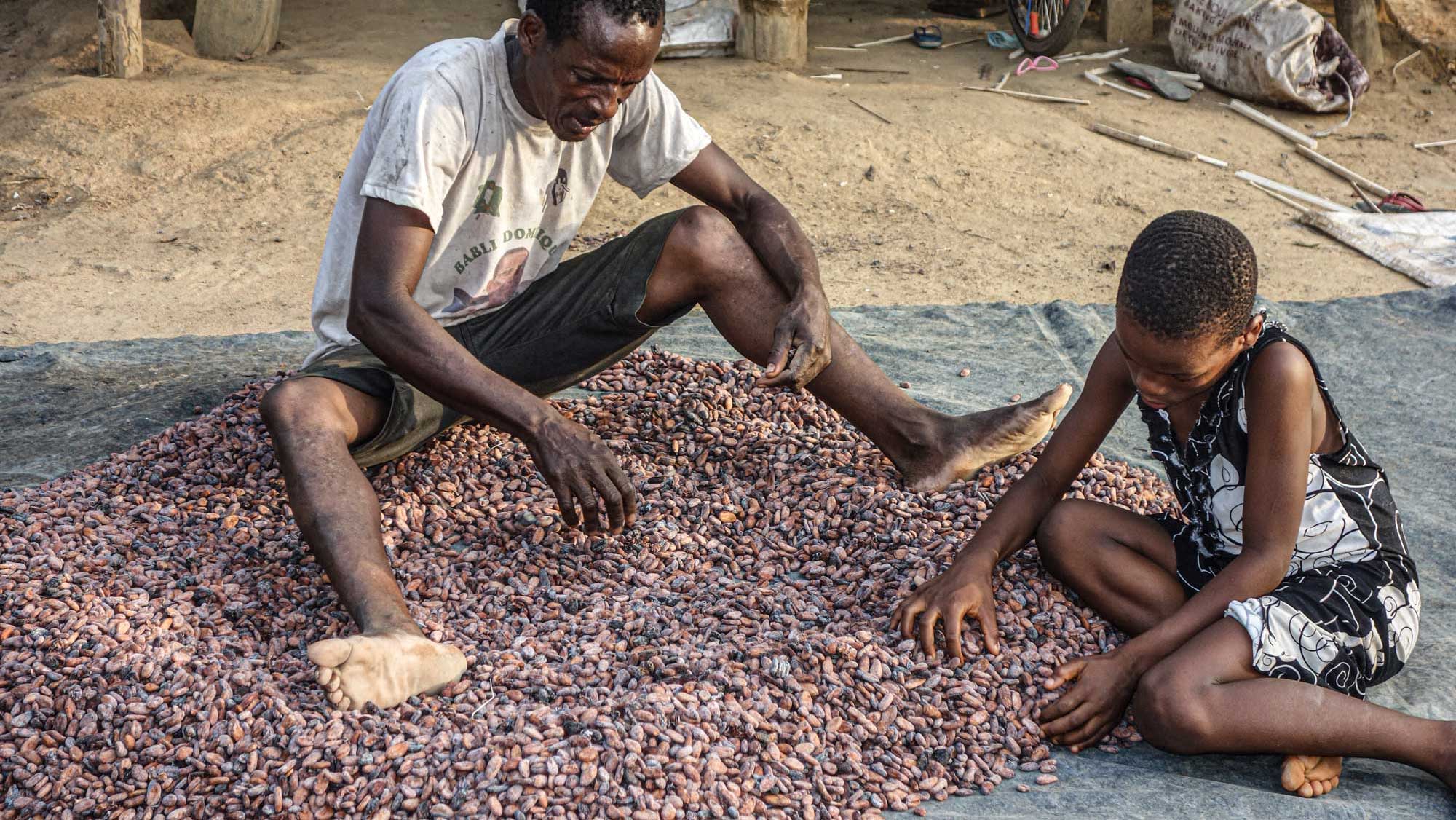Understanding Child Labour Risk
Understanding child labour risk to refine monitoring mechanisms
Traditional methods of measuring child labour, such as in-depth assessments, are costly and time-consuming. But what if there was a way to estimate child labour risk in a community, or in a household, without collecting additional household data? Over the past few years, we have worked with our partners to develop risk models to answer this question and help target support to those communities and families most in need.
First, we commissioned a research study to better understand child labour risk at the community level. Supported by the Jacobs Foundation, the Lindt Cocoa Foundation and the Tony’s Chocolonely Foundation, the study combined data from ICI’s Protective Cocoa Community Framework (a community assessment tool) with child labour prevalence data, to find out which factors indicate that a community is at a higher risk of child labour.
The study identified 12 community characteristics that could be used to assess the risk of child labour, based on data from 258 cocoa-growing communities in Côte d’Ivoire and Ghana. The community characteristics cover four key areas: access to education, community infrastructure, women’s empowerment and cocoa cultivation.
We used the findings to create the Child Labour Risk Calculator: a free, practical tool to identify communities facing a higher risk of child labour and target them for support.
We are also developing a model to estimate risk at the household level, as part of a pilot project with our partners Nestlé and ECOM, with funding from the Swiss Government. This model is testing whether farmer data that is already available to cocoa buyers and cooperatives can be used to identify at-risk households within supply chains, thereby allowing the most at-risk to be prioritised for monitoring and/or remediation.
We are continuing to refine our risk models to develop even more accurate estimations and are working to integrate them into into existing approaches such as the CLMRS. These will support the cocoa sector direct resources to where they are needed most and, through the resulting efficiencies, allow action to be scaled up more widely, aiding even more children at-risk.
